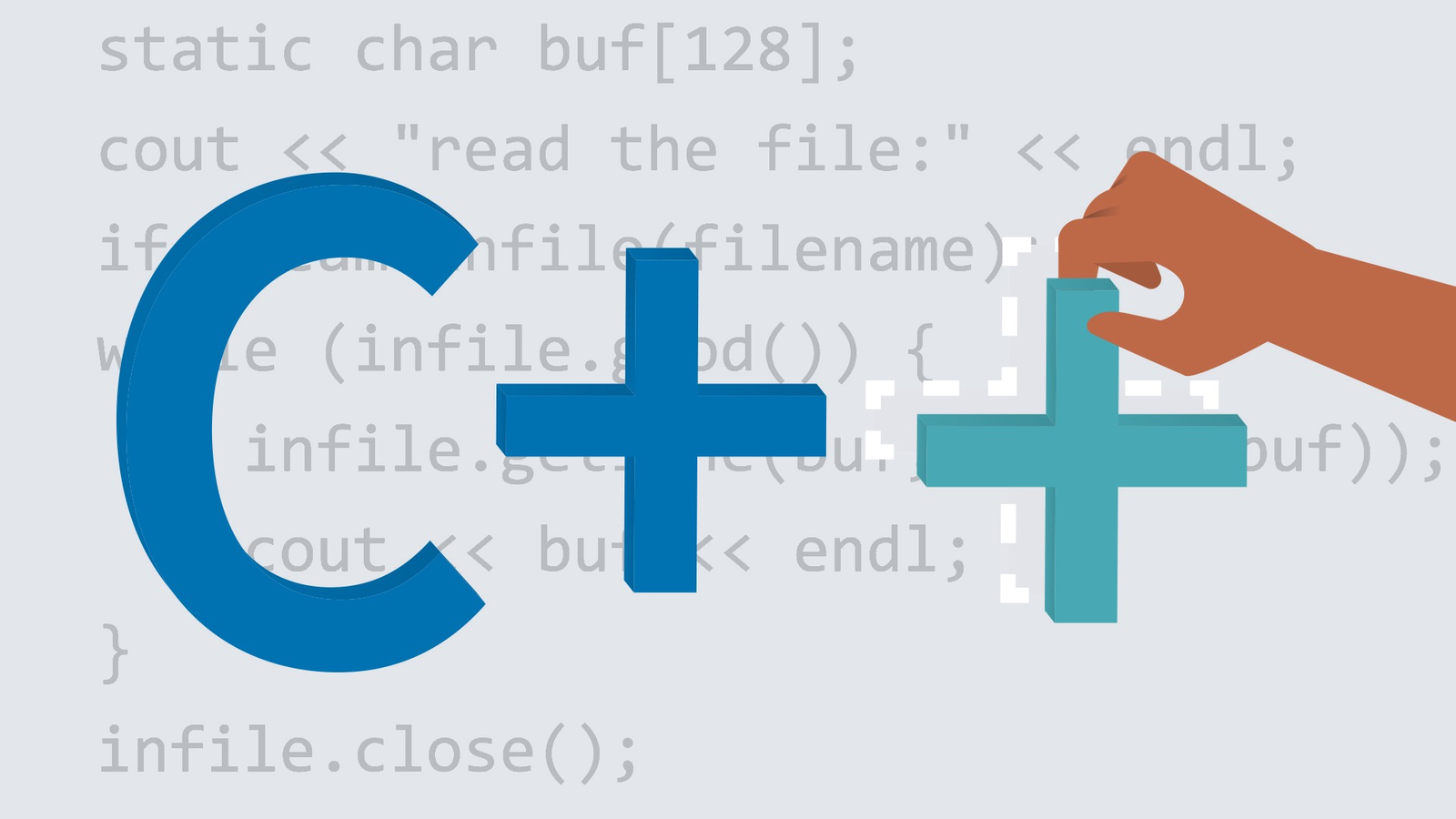Curiously Recurring Template Pattern(CRTP) in C++ is definitely a powerful technique and a static alternative to virtual functions. But at the same time, learning it may seem a bit weird at first. If you are like me who struggled to grasp anything in one go. Then this article might help you to provide a thought process on where CRTP fits in day-to-day coding. And, if you are an Embedded Programmer, you may run into CRTP more often. Although, std::variant + std::visit will also help but 90% of the compilers for embedded processors are either not up to date with standard or dumb.
There is various material effectively accessible for “How” and “What” on CRTP. So, I will address the “Where” part that CRTP Applicability.
CRTP and Static Polymorphism In C++
C++
template<typename specific_animal>
struct animal {
void who() { static_cast<specific_animal*>(this)->who(); }
};
struct dog : animal<dog> {
void who() { cout << "dog" << endl; }
};
struct cat : animal<cat> {
void who() { cout << "cat" << endl; }
};
template<typename specific_animal>
void who_am_i(animal<specific_animal> andanimal) {
animal.who();
}
cat c;
who_am_i(c); // prints `cat`
dog d;
who_am_i(d); // prints `dog`
- Curiously Recurring Template Pattern widely employed for static polymorphism without bearing the cost of a virtual dispatch mechanism. Consider the above code, we haven’t used virtual keyword and still achieved the functionality of polymorphism.
- How it works is not the topic of this article. So, I am leaving it to you to figure out.
Limiting Object Count With CRTP
- There are times when you have to manage the critical resource with single or predefined object count. And we have Singleton and Monotone Design Patterns for this. But this works as long as your object counts are smaller in number.
- When you want to limit the arbitrary type to be limited with an arbitrary number of instances. CRTP will come to rescue:
C++
template <class ToBeLimited, uint32_t maxInstance>
struct LimitNoOfInstances {
static atomic<uint32_t> cnt;
LimitNoOfInstances() {
if (cnt >= maxInstance)
throw logic_error{"Too Many Instances"};
++cnt;
}
~LimitNoOfInstances() { --cnt; }
}; // Copy, move & other sanity checks to be complete
struct One : LimitNoOfInstances<One, 1> {};
struct Two : LimitNoOfInstances<Two, 2> {};
template <class T, uint32_t maxNoOfInstace>
atomic<uint32_t> LimitNoOfInstances<T, maxNoOfInstace>::cnt(0);
void use_case() {
Two _2_0, _2_1;
try {
One _1_0, _1_1;
} catch (exception &e) {
cout << e.what() << endl;
}
}
- You might be wondering that what is the point of the template parameter
ToBeLimited, if it isn’t used. In that case, you should have brush up your C++ Template fundamentals or use cppinsights.io. As it isn’t useless.
CRTP to Avoid Code Duplication
- Let say you have a set of containers that support the functions
begin()andend(). But, the standard library’s requirements for containers require more functionalities likefront(),back(),size(), etc. - We can design such functionalities with a CRTP base class that provides common utilities solely based on derived class member function i.e.
begin()andend()in our cases:
C++
template <typename T>
class Container {
T &actual() { return *static_cast<T *>(this); }
T const &actual() const { return *static_cast<T const *>(this); }
public:
decltype(auto) front() { return *actual().begin(); }
decltype(auto) back() { return *std::prev(actual().end()); }
decltype(auto) size() const { return std::distance(actual().begin(), actual().end()); }
decltype(auto) operator[](size_t i) { return *std::next(actual().begin(), i); }
};
- The above class provides the functions
front(),back(),size()andoperator[ ]for any subclass that hasbegin()andend(). - For example, subclass could be a simple dynamically allocated array as:
C++
template <typename T>
class DynArray : public Container<DynArray<T>> {
size_t m_size;
unique_ptr<T[]> m_data;
public:
DynArray(size_t s) : m_size{s}, m_data{make_unique<T[]>(s)} {}
T *begin() { return m_data.get(); }
const T *begin() const { return m_data.get(); }
T *end() { return m_data.get() + m_size; }
const T *end() const { return m_data.get() + m_size; }
};
DynArray<int> arr(10);
arr.front() = 2;
arr[2] = 5;
asssert(arr.size() == 10);
#web dev #c++ 11 #crtp #c++ #cplusplus #programming-c
